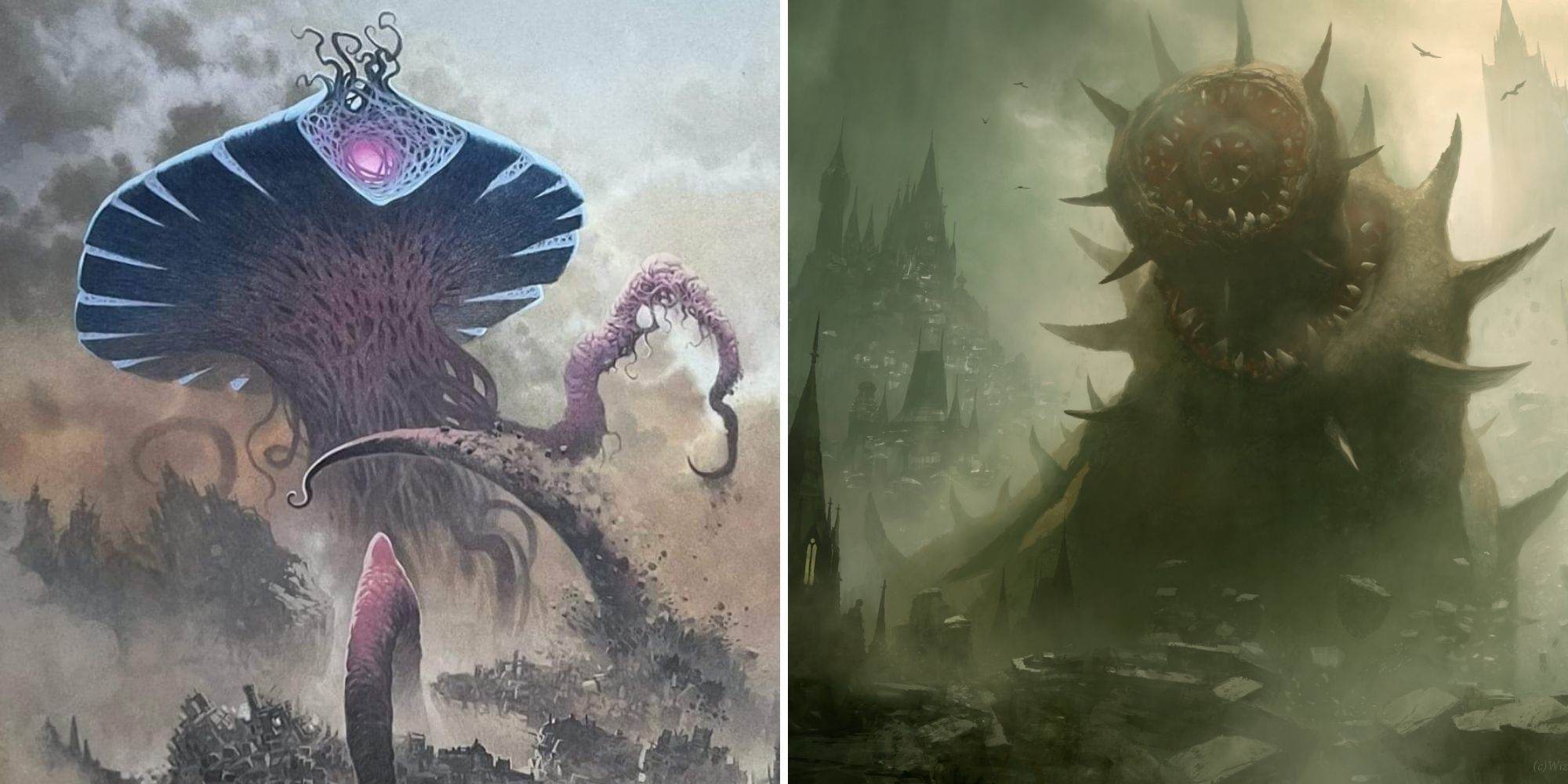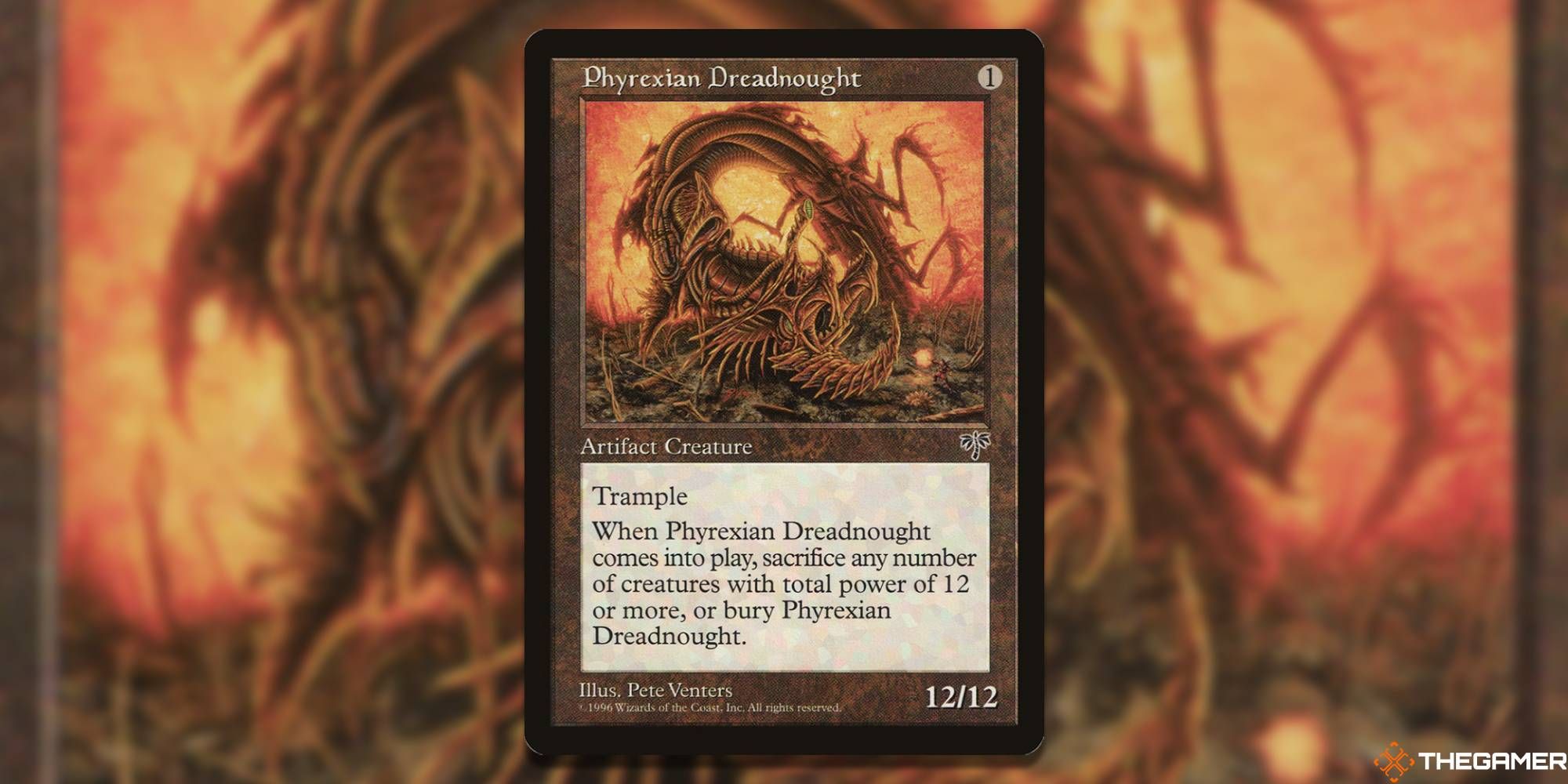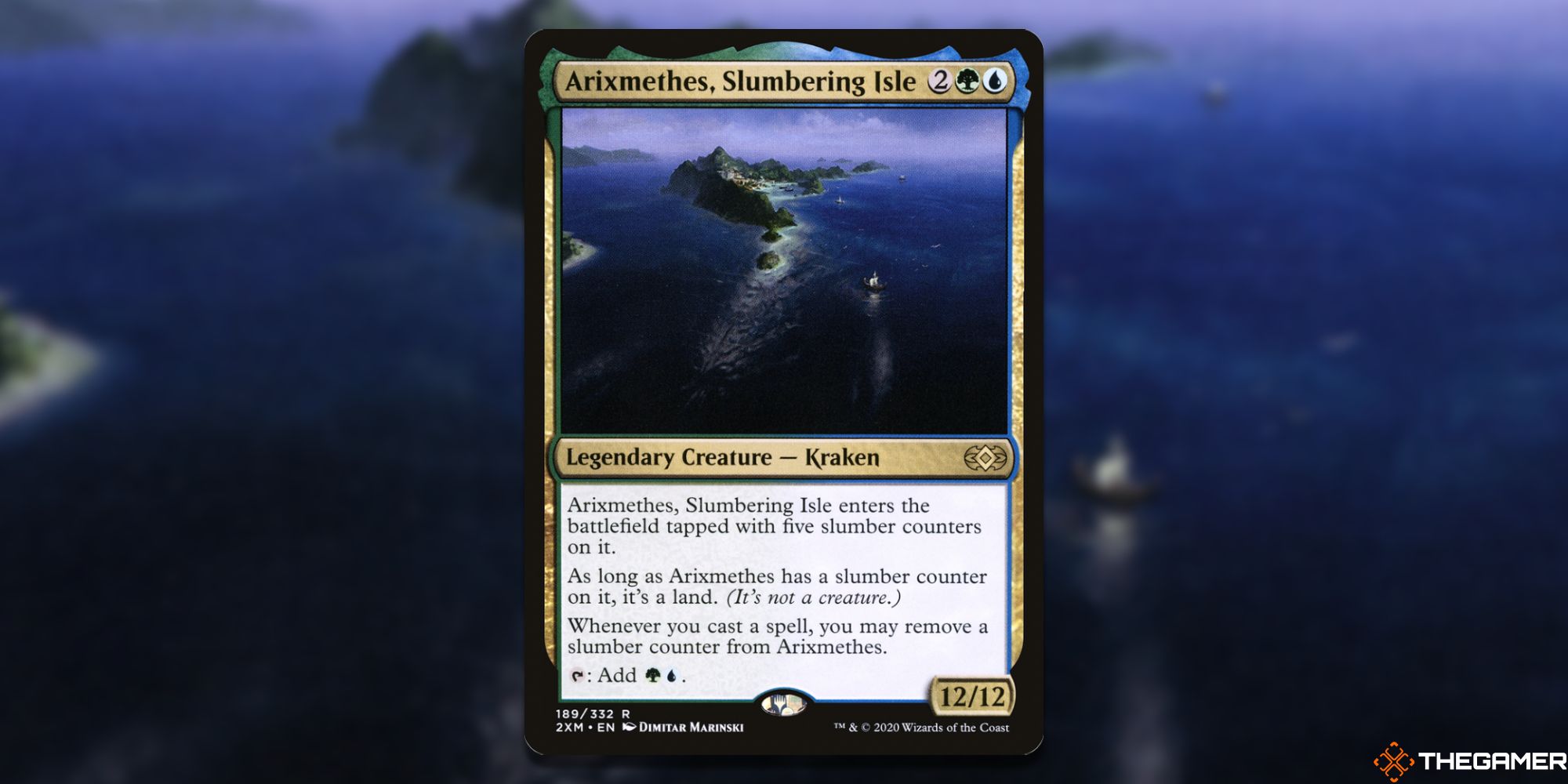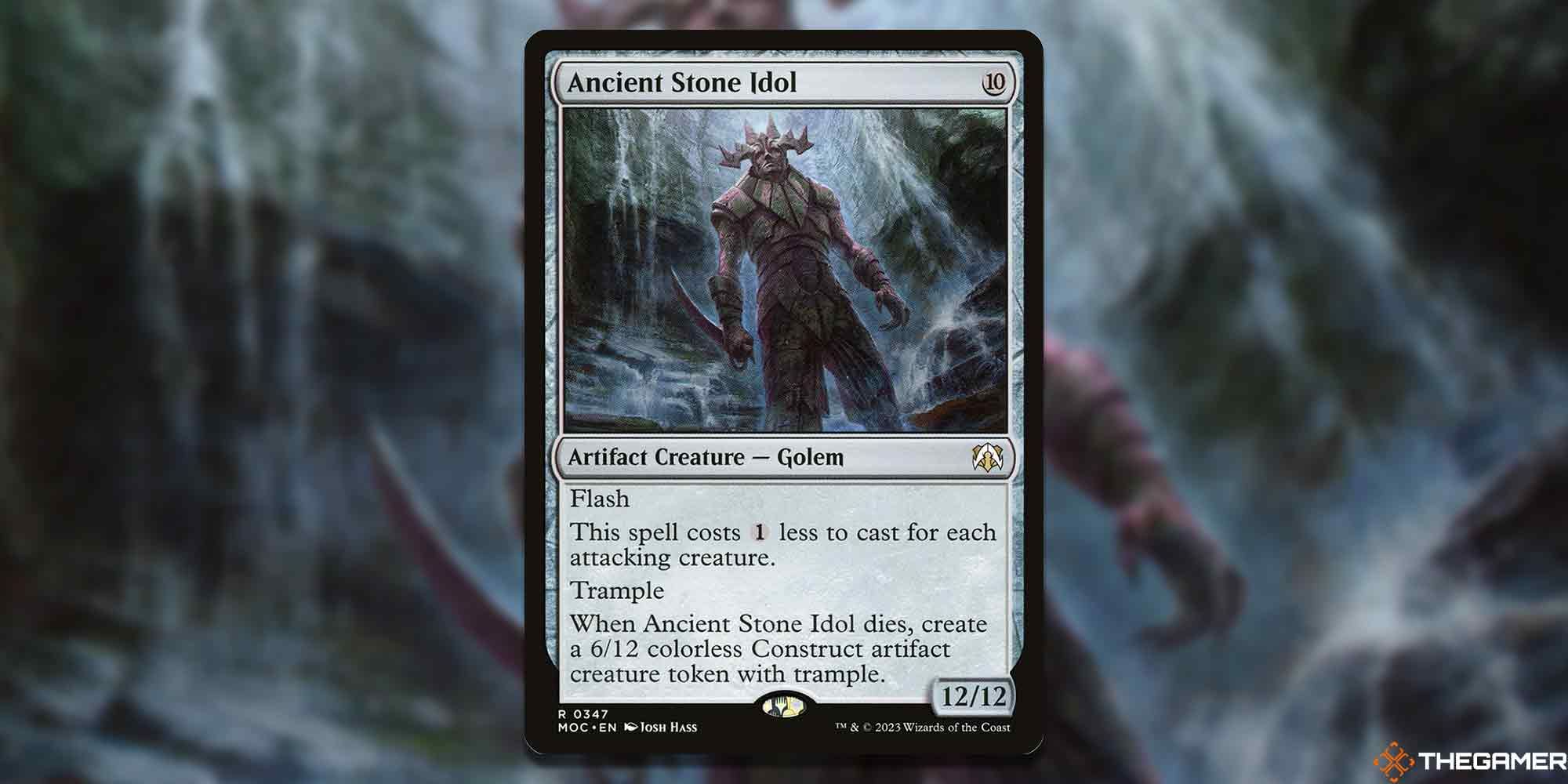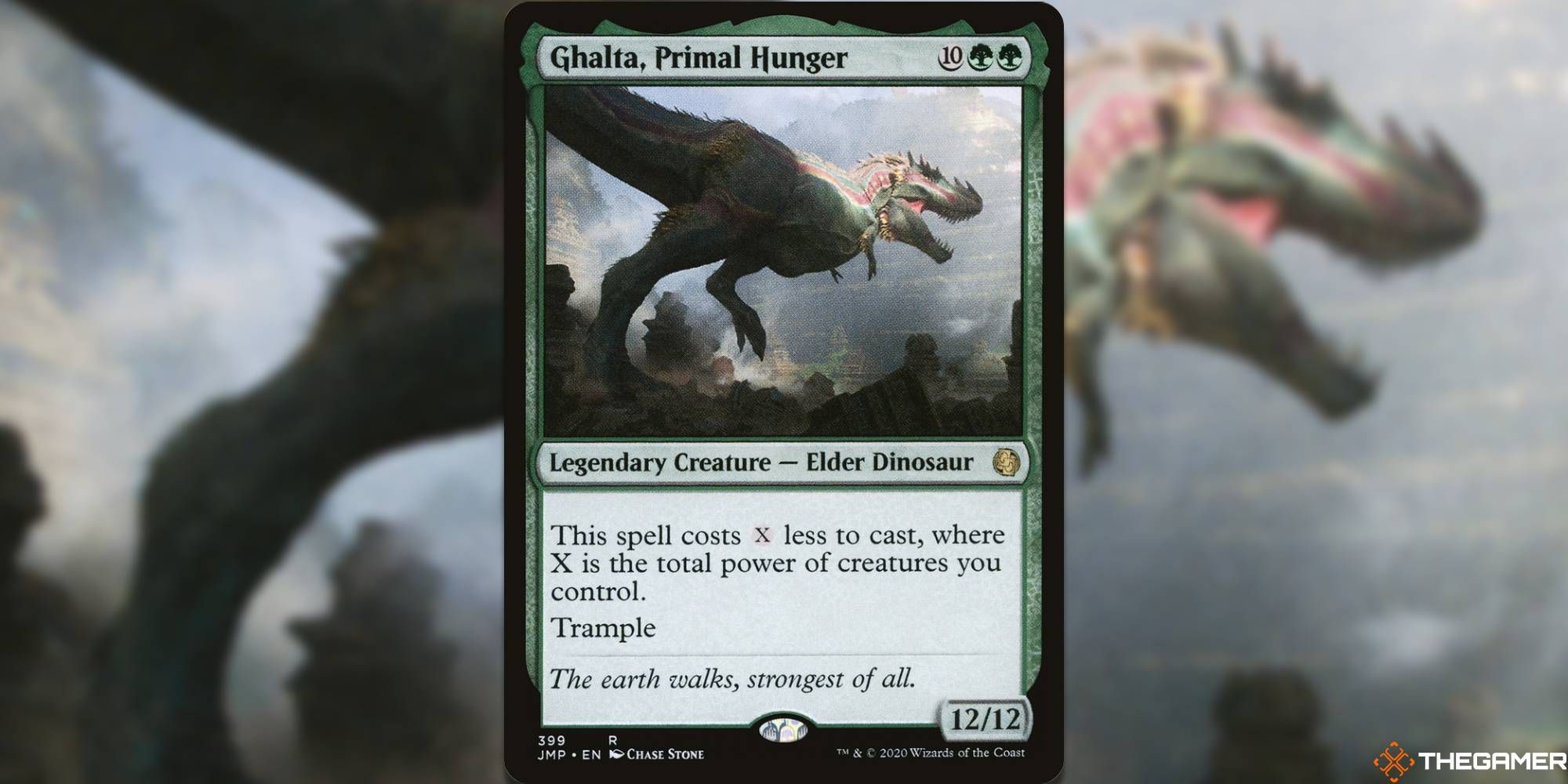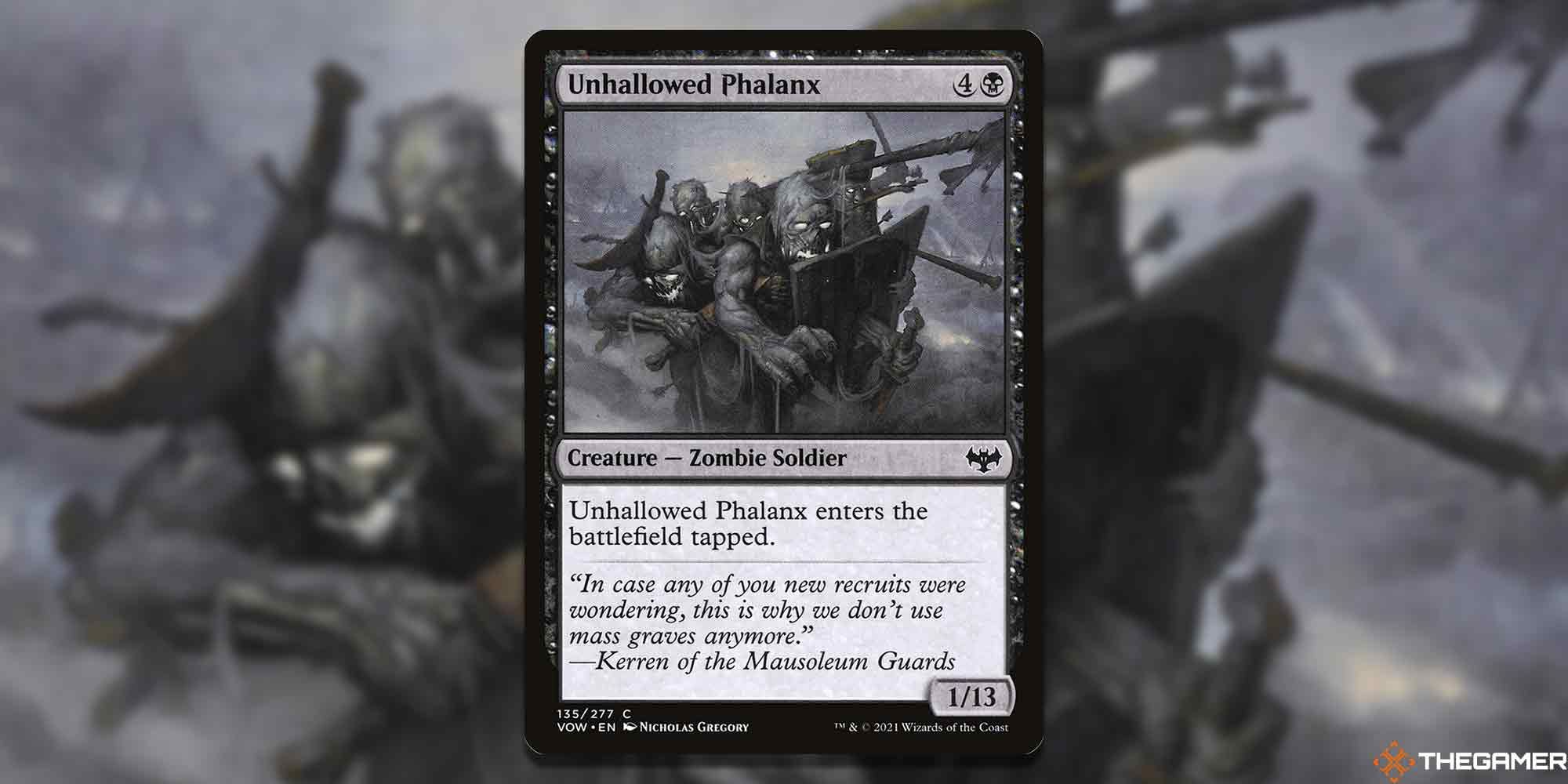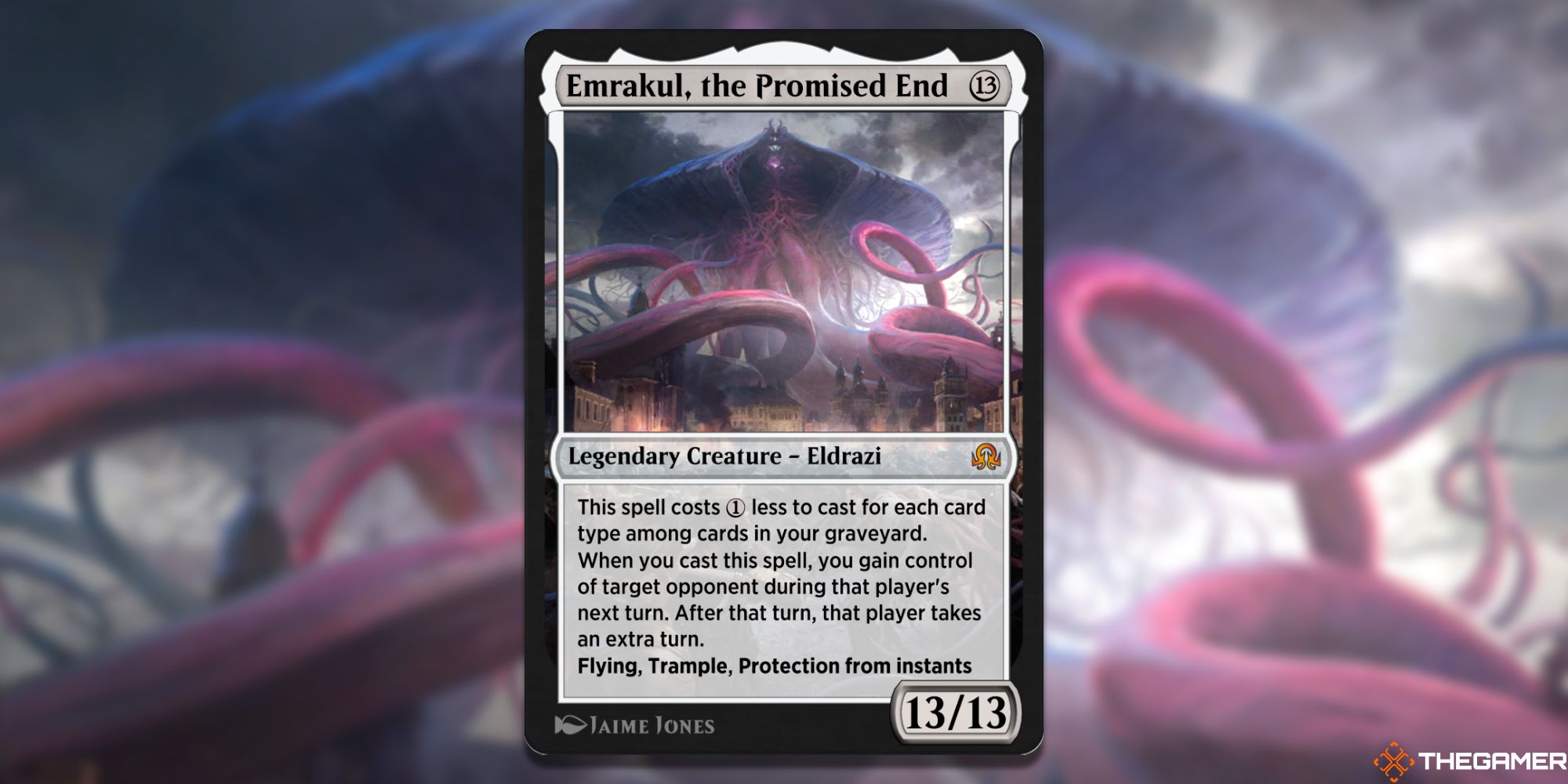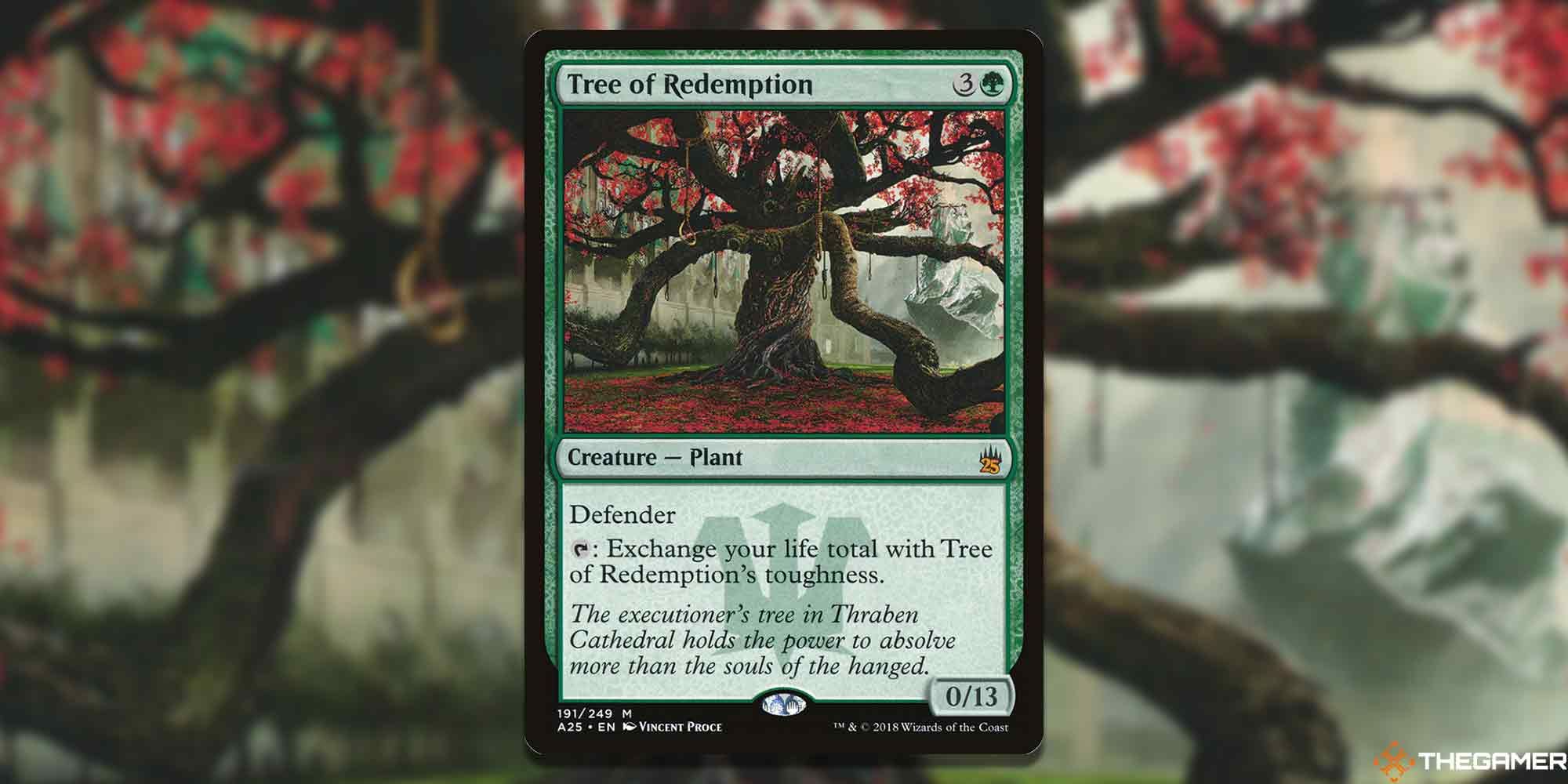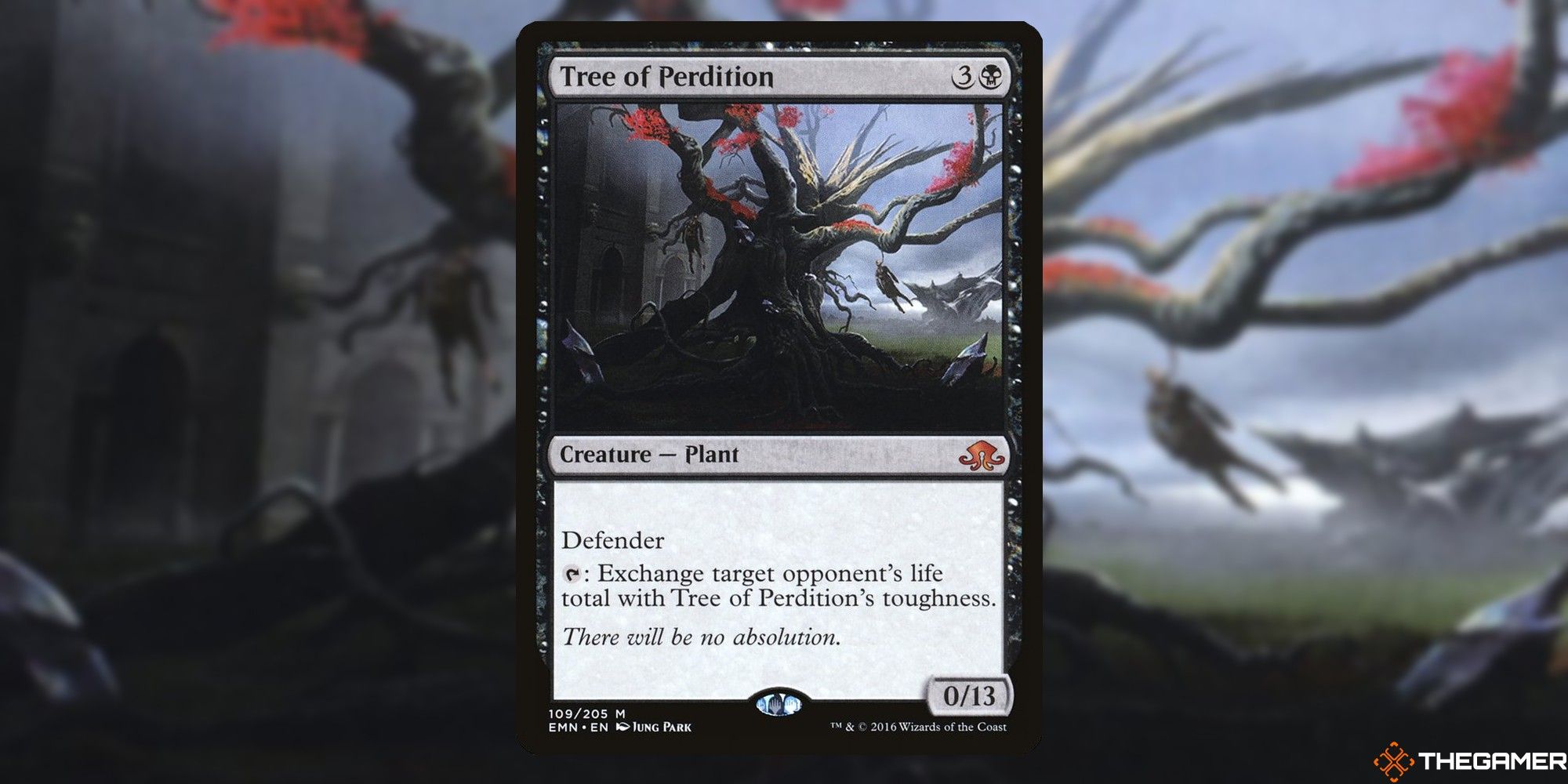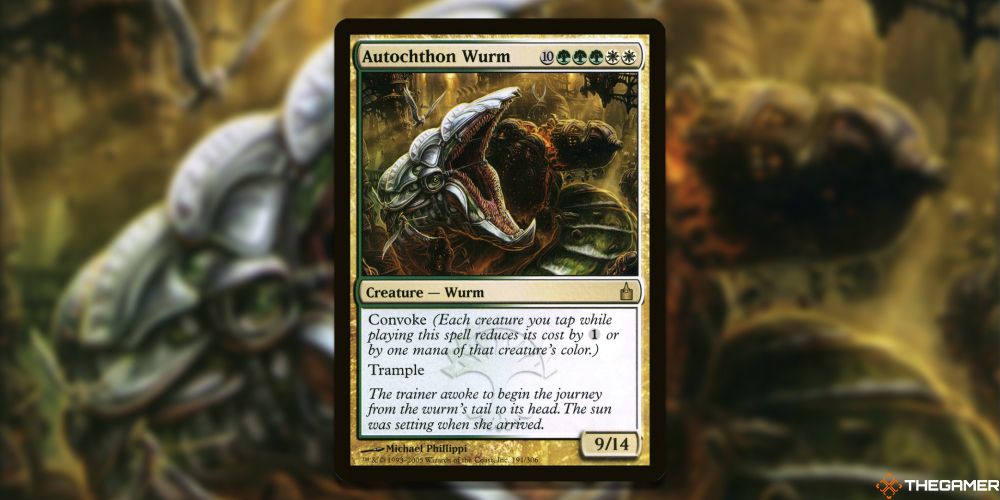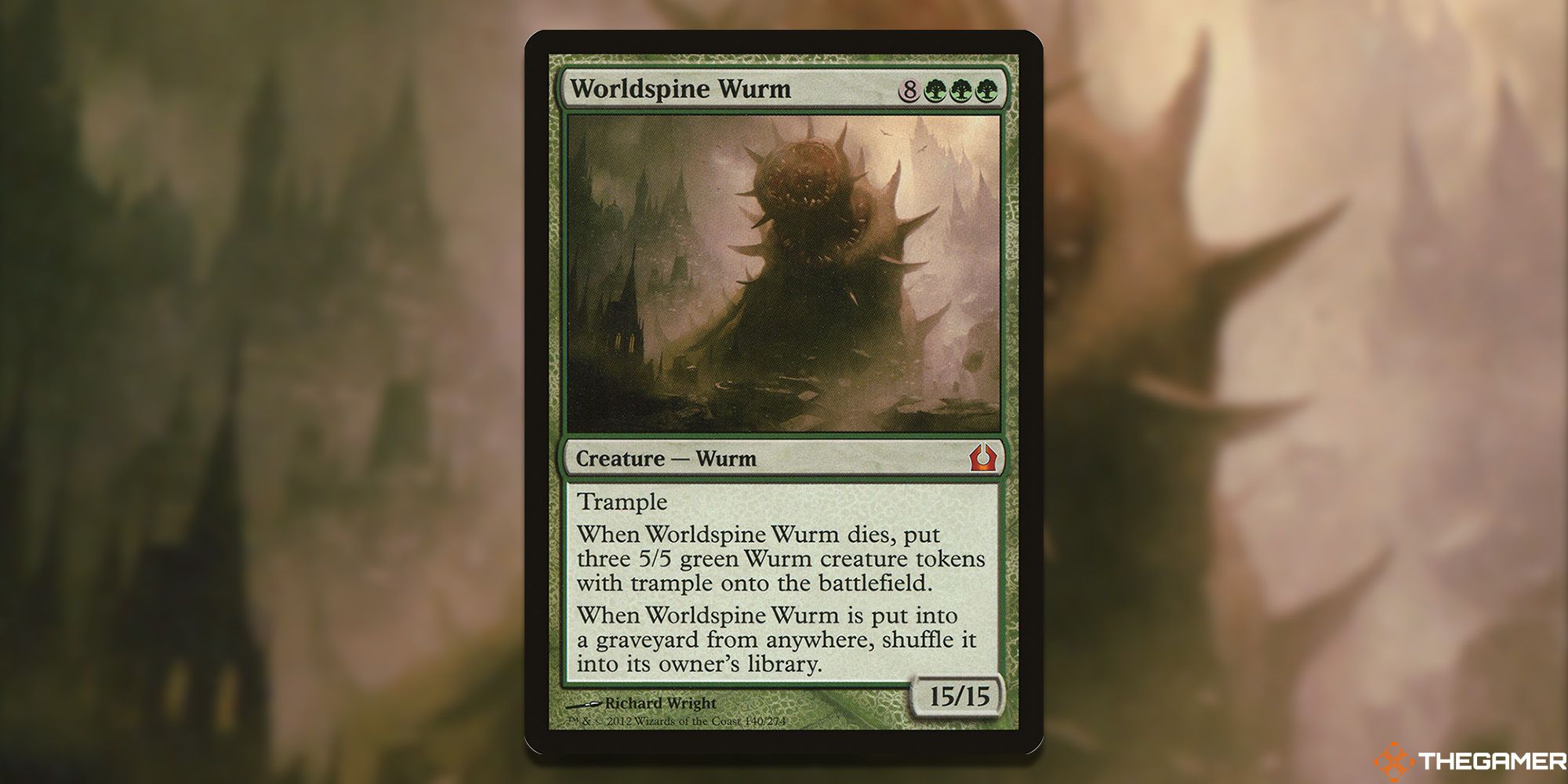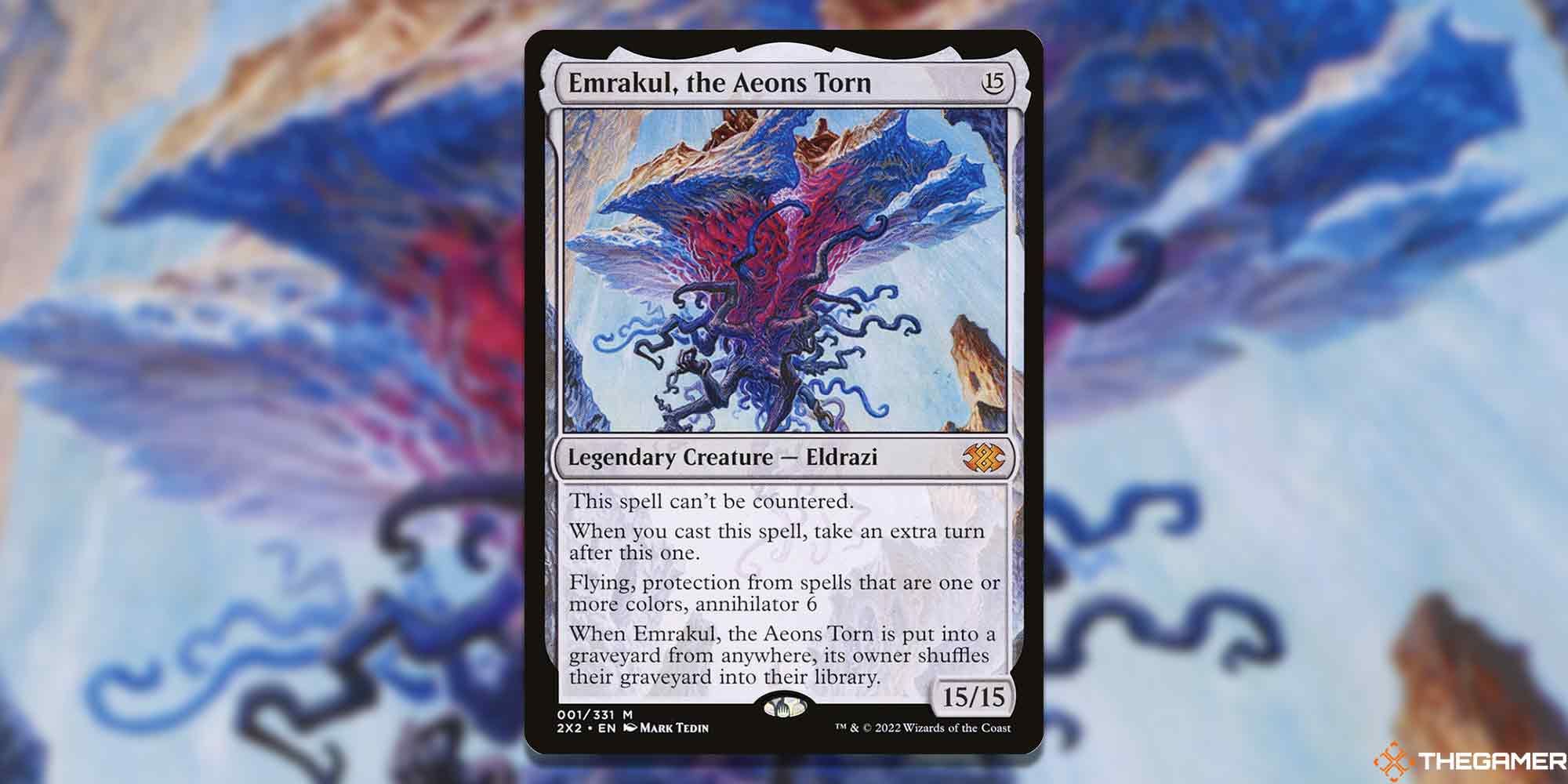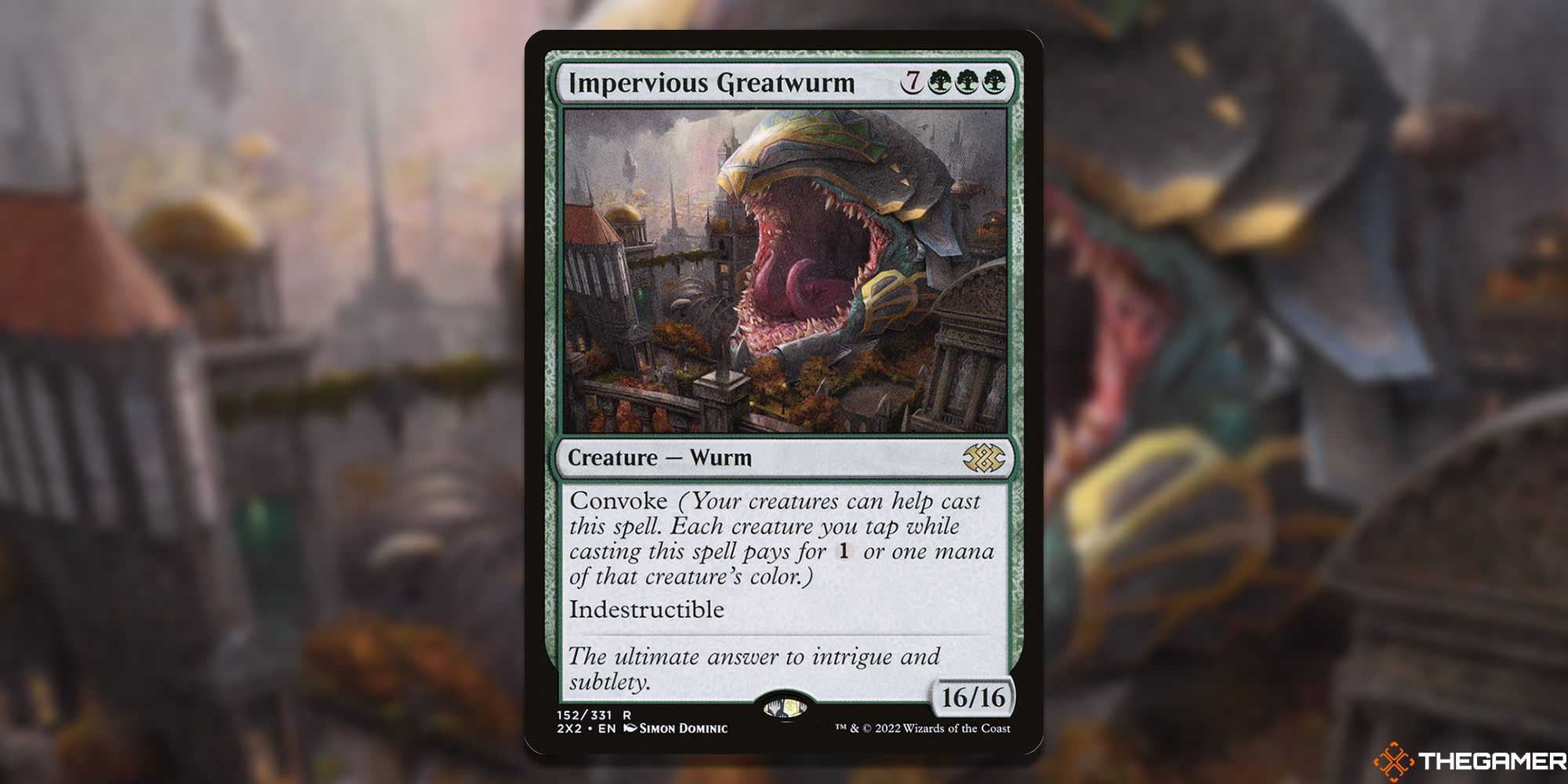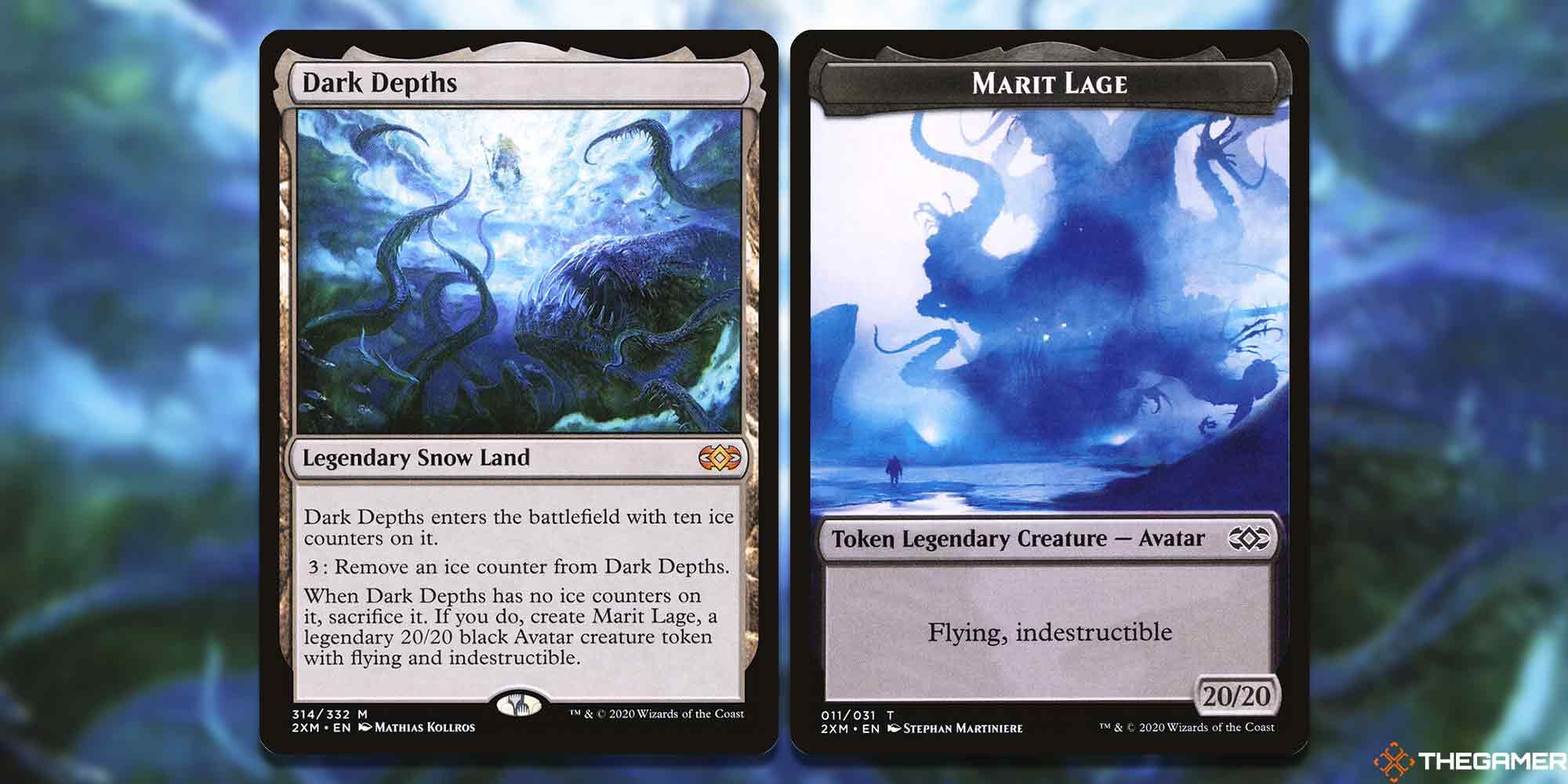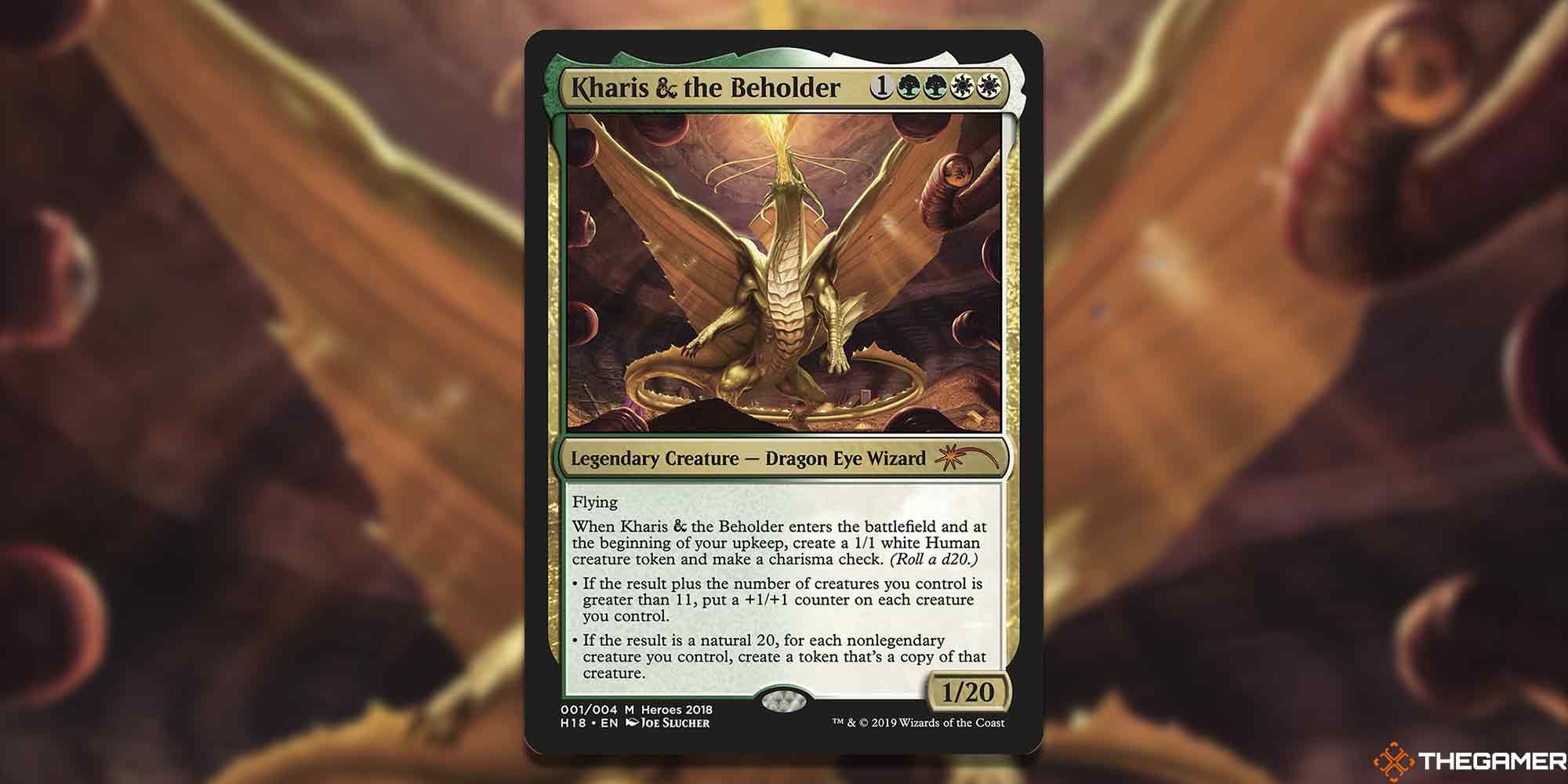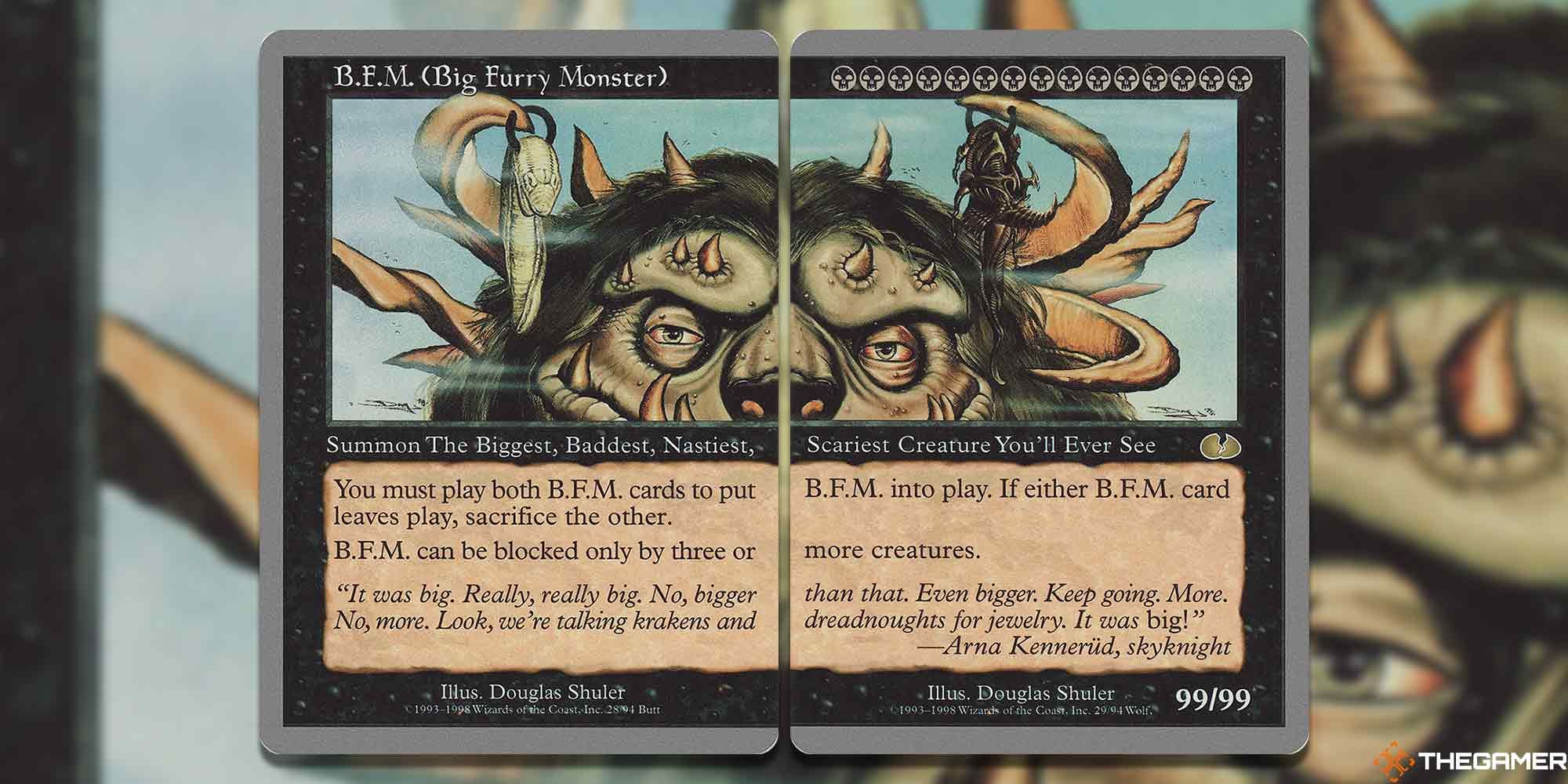Creatures are one of the most integral part of Magic: The Gathering. The strength of many creature's lies in their abilities, but creature evaluation always begins with those two little numbers at the bottom right of every creature card. Even so, one of the most often overlooked elements of creatures in Magic is their toughness.
A creature's toughness is simultaneously its defense and its health, as once a creature sustains an amount of damage equal to its toughness, it dies. This means that creatures with high toughness are among the most resilient in the game, capable of out living damage-based removal like Lightning Bolt. So today, we'll take a look at how tough Magic creatures can truly get.
Updated on May 25, 2023, by Chris Stomberg: Who doesn't appreciate a creature with a big butt? Magic's lore involves titanic creatures including Krakens, Dragons, Dinosaurs, Eldrazi, and much more, so there's no shortage of contestants for the card with the highest toughness. While toughness is typically a measure of a creature's defensive ability, the printing of cards like Assault Formation, which allow creatures to assign damage equal to their toughness, has made these creatures sought after for toughness-themed decks.
There's also something to be said for decks simply looking to stall for time with some of the game's best blockers. Whatever your reason for needing high-toughness creatures, here's an updated list of the biggest of them.
15 Phyrexian Dreadnought
Despite having a mana value of only one generic mana, Phyrexian Dreadnought is one of the biggest creatures in Magic with a whopping toughness of 12. Dreadnought is also one of the oldest cards in the game, having been printed in Mirage block back in 1996.
The card shows its age in its rules text as it makes use of the outdated term "bury." Cards with the bury mechanic have been errata'd to say instead "put a permanent into its owner's graveyard" or "Sacrifice this permanent." In other words, the true cost of playing the Dreadnought is in having creatures with a total power of 12 or more on your board to sacrifice when it enters the battlefield. Otherwise, Dreadnought is going straight into the graveyard.
14 Arixmethes, Slumbering Isle
This sleeping giant functions as both a land and a creature, which makes a lot of sense thematically for one of the largest creatures in the game. Once Arixmethes is in play, you'll need to cast five more spells before it transforms from a land into its titanic 12/12 body. Thankfully, the Slumbering Isle taps for two mana as a land, which helps offset its delayed arrival to the board.
Furthermore, many removal spells say that they destroy a target nonland permanent. This means that Arixmethes is safe from nearly all removal as long as it maintains a slumber counter. Once you're sure you have an opening to make an attack with the Kraken, you can fire off some spells to remove its remaining slumber counters and crack in for a modest 12 damage.
13 Ancient Stone Idol
Yet another relatively cheap creature for its size, Ancient Stone Idol can be cast for very little mana if you have enough creatures on your side of the board. Thanks to flash and its mana discount ability, you can cast Ancient Stone Idol during your combat step for half of its original cost fairly easily.
Additionally, trample is a super important keyword for creatures of this size as they are incredibly susceptible to being chump blocked by smaller creatures your opponents control. Even if an opponent has removal to take care of the Idol, it will leave behind a similarly sizable token that also has trample unless it's exiled. All things considered, this is the kind of value we want from a card that costs so much mana.
12 Ghalta, Primal Hunger
Speaking of discounted casting costs and trample, Ghalta has both of these traits in spades while also being a popular creature type thanks to its Dinosaur status. Ghalta is even easier to discount than Ancient Stone Idol as it counts the power of each of your creatures toward its discounted cost.
This means it's not uncommon to see Ghalta hit the battlefield for a cool two green mana. Unfortunately, Ghalta doesn't provide any value upon immediately hitting the battlefield, so you'll probably want to have some kind of removal protection or method of giving the Dinosaur haste to ensure casting the card is worthwhile.
11 Unhallowed Phalanx
Despite coming in at common rarity, Unhallowed Phalanx shares the distinction of being one of the toughest creatures in Magic. The creature is also a rather comedic take on necromancy as it demonstrates some of the lesser-known difficulties of raising the dead.
Phalanx isn't a playable card in most decks, but it does work quite well with a toughness-themed deck with ways of making your creatures assign combat damage equal to their toughness. Outside of that, this is a card that's best appreciated outside of constructed decks.
10 Emrakul, The Promised End
Emrakul, the Promised End is a 13/13 legendary Eldrazi from Eldritch Moon. Costing one less mana for each type among cards in your graveyard, Emrakul has flying, trample, and protection from instants, defending it from all instant-based removal.
As if Emrakul's massive size and combative abilities weren't enough, upon entering the battlefield, Emrakul allows you to gain control of an opponent during their next turn. This allows you to make hilarious plays such as casting an opponent's removal on their own creatures or using their combat step in the worst way possible.
9 Tree Of Redemption
A strictly defensive creature, Tree of Redemption is a 0/13 plant with defender for four mana. While most defense-oriented creatures provide their utility through blocking, Tree of Redemption has the distinct ability to tap, exchanging its toughness with your life total.
This can raise its toughness when your life total is high, or set your life total to 13 if you're in dire straights.
8 Tree Of Perdition
A mono-black reflection of Tree of Redemption, Tree of Perdition is a mono black 0/13 with defender. However, while Tree of Redemption can be tapped to exchange its toughness with your life total, Tree of Perdition can be tapped to exchange its toughness with your opponent's life total.
This ability can be used offensively, especially when Tree of Perdition's toughness is reduced by -1/-1 counters or the effects of enchantments.
7 Autochthon Wurm
Autochthon Wurm is a Selesnya wurm that costs a staggering 15 mana. Boasting an enormous 9/14 body and trample, while Autochthon Wurm's mana cost may appear overwhelming, it has convoke, allowing creatures to be tapped in order to help cast it.
When slotted into a deck with a large number of creatures such as token decks, Autochthon Wurm can be cast with relative ease.
6 Worldspine Wurm
Appearing in Return to Ravnica, Worldspine Wurm is an enormous 15/15 with trample for 11 mana. A green creature, you would be hard-pressed to find a creature capable of besting a Worldspine Wurm in combat due to its high power and toughness. Even in the instance that an opponent was to overcome Worldspine Wurm's incredible toughness, upon dying, Worldspine Wurm's stats are redistributed, creating three green 5/5 wurm tokens.
When paired with "anthem" effects and spells that buff all creatures under a player's control, Worldspine Wurm's death can actually result in a more threatening board state. The Wurm is susceptible to exile-based removal though, so watch out for that.
5 Emrakul, The Aeon's Torn
The original incarnation of one of the three Eldrazi titans, Emrakul, the Aeon's Torn is a creature that will often win a game upon being cast. A 15/15 that can't be countered, while Emrakul lacks haste, its stellar stats can be used upon being cast, as upon entering the battlefield, Emrakul gives you an extra turn.
In addition to it's phenomenal power and toughness, Emrakul also possesses flying, protection from colored spells, and annihilator 6. This protection from colored spell's compliments Emrakul's high toughness quite well, as it makes it nearly impossible to remove without a board wipe.
4 Impervious Greatwurm
While Impervious Greatwurm doesn't have trample, it is essentially a strictly stronger alternative to Autochthon Wurm. A 16/16 for ten mana, Impervious Greatwurm has convoke just like the aforementioned Autochthon Wurm.
However, in addition to its lower cost and higher power and toughness, Impervious Greatwurm also has indestructible. Between indestructible and a toughness of 16, few creatures are as resilient as Impervious Greatwurm.
3 Marit Lage
Not a conventionally cast creature, Marit Lage is a legendary token that can be created by the effects of the cards Dark Depths and Marit Lage's Slumber. Marit Lage is immensely powerful from both offensive and defensive perspectives, being a black 20/20 Avatar with flying and indestructible.
Dark Depths is a land that sees play in formats such as Legacy. While this land can't tap for mana like one may expect from a land, it enters the battlefield with ten ice counters on it that can be removed for the cost of three generic mana. Once there are no ice counters left on Dark Depths, it is sacrificed and Marit Lage is created. While Dark Depths may appear mana intensive, there are numerous means of removing these counters without paying their cost.
2 Kharis & The Beholder
Kharis & the Beholder is an incredibly rare and obscure legendary creature that was only available in Heroes of the Realm, a special series of cards that were only given to employees of Wizards of the Coast.
As a creature, Kharis & the Beholder is a Selesnya 1/20 for five mana that utilizes a 20-sized die. When this creature enters the battlefield and at the beginning of your upkeep, you create a 1/1 white Human token and roll a 20sided die. If the result plus the amount of creatures under your control is greater than eleven, a +1/+1 counter is put on all creatures under your control. If you manage to roll a natural 20, for each non-legendary creature you control, you create a token that is a copy of that creature.
Were Kharis & the Beholder an accessible and available card, it's safe to say that it would be a popular choice for Commander players. As things stand though, this card isn't playable in any constructed format and is quite difficult to get your hands on.
1 B.F.M. (Big Furry Monster)
Also illegal in all formats, the B.F.M. is a black 99/99 for 15 mana. This creature is so large that it is split across two cards that must be played simultaneously, a concept that would be revisited by Wizards of the Coast in Eldritch Moon with the meld mechanic.
In addition to its terrifying size, the B.F.M. has evasion in the form of requiring a minimum of three creatures to block it, helping it push its damage through. Needless to say, a single successful attack from the B.F.M. is sure to end a game.

